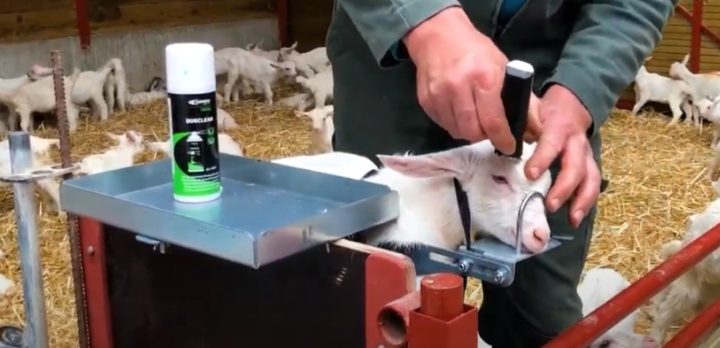
Goat cheese is popular with many consumers for its taste as well as for its nutritional qualities. Moreover, it appeals to people who do not digest cow’s milk well, because it contains less lactose, which tends to generate intolerance. Finally, since it lacks the protein present in cow’s milk – agglutinin – it homogenizes naturally. Here are the main breeds of goat cheese breeding in France.
Goat cheese AOC in France
With several hundred varieties, France is the cheese country par excellence. As far as goat cheese is concerned, many appellations of origin are recognized, including :
- Banon de Banon – 2003.
- Chabichou du Poitou – 1990.
- Charolais – 2010.
- Chevrotin – 2002.
- Crottin de Chavignol – 1976.
- Mâconnais – 2006.
- Pélardon – 2000.
- Picodon – 1983.
- Pouligny-Saint-Pierre – 1972.
- Rigotte de Condrieu – 2008.
- Rocamadour – 1996.
- Sainte-Maure-de-Touraine – 1990.
- Selles-sur-Cher – 1975.
- Valençay – 1998.
Goat breeding in France
Goat breeding in France is traditionally extensive. The goat has the advantage of being undemanding and adaptable in areas where cattle or sheep farming is not possible, or at least not profitable.
The regions of Centre, Poitou-Charentes and Rhône-Alpes concentrate the majority of goat farms. Our livestock reaches 1 million 200 000 goats, including 800 000 goats. The predominant breeds are:
- Alpine;
- Saanen;
- Poitevin;
- Provençal ;
- Corsica ;
- Angora;
- Pyrenees ;
- Rove;
The three main breeds of goat cheese production
Three breeds of goats are distinguished in the manufacture of goat cheese and together they represent 90 % of the milk production in France.
1 – The Alpine goat
The Alpine goat is native to the Alps, in its French and Swiss parts. Its breeding has grown significantly since the Second World War, and today it represents 55 % of our goat population. It adapts itself to all the reliefs and supports the important temperature variations.
The coat of the Alpine goat originally had many variatio pure white or white spotted with fawn, brown, grey, black or red. Genetic selection for milk production has precipitated the homogenization of the coats, with a brown body, while the dorsal line and extremities are black.
An adult male weighs between 80 and 100 kilos, the female is smaller. She produces an average of 850 to 1,000 liters of milk per lactation.
2 – The Saanen goat
The Saanen goat is a breed of goat native to the Sannenland and Obersimmental regions of Switzerland. It is found today mainly in the south-east and the center of France. The Saanen goat is recognizable by its all-white or cream-colored coat.
The Saanen goat weighs between 80 and 120 kilos, compared to 50 to 90 kilos for the goat. She produces between 900 and 1,000 liters per lactation.
3 – The Poitevin goat
The Poitevine goat is native to central western France. It was largely in the majority in the Poitou region until the beginning of the 20th century, when it was decimated by an epidemic of foot-and-mouth disease.
The Poitevin goat is distinguished by its long hair, its dark brown coat, with white markings on the head, belly and legs.
The buck weighs between 55 and 75 kilos, the females between 50 and 70 kilos. Her milk production is on average 500 liters.





